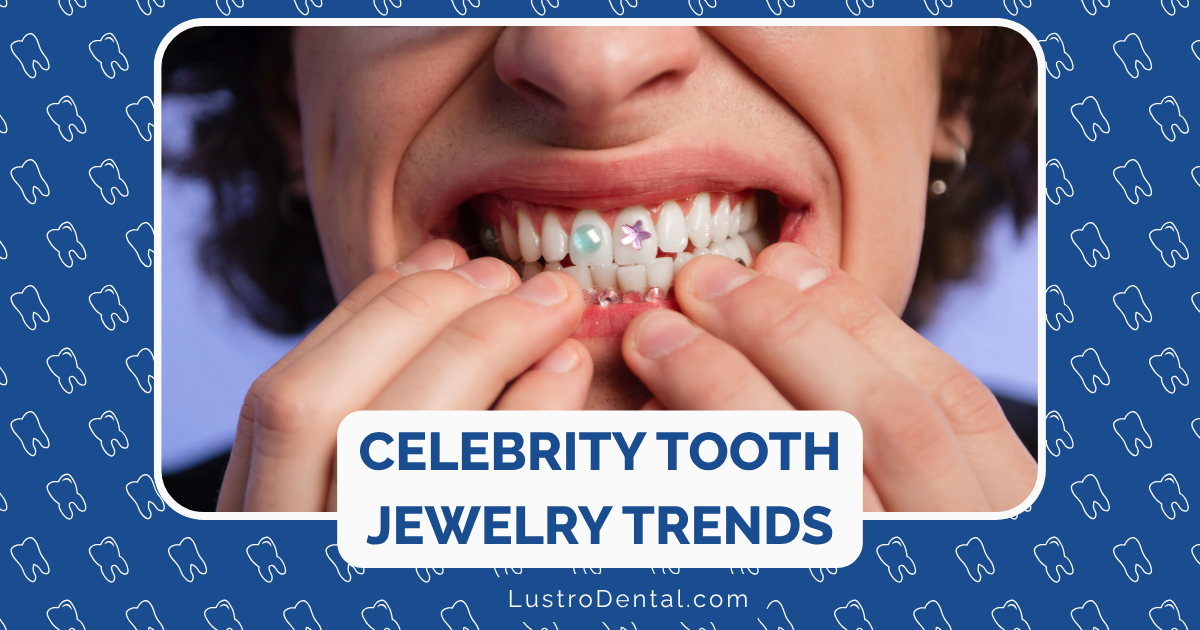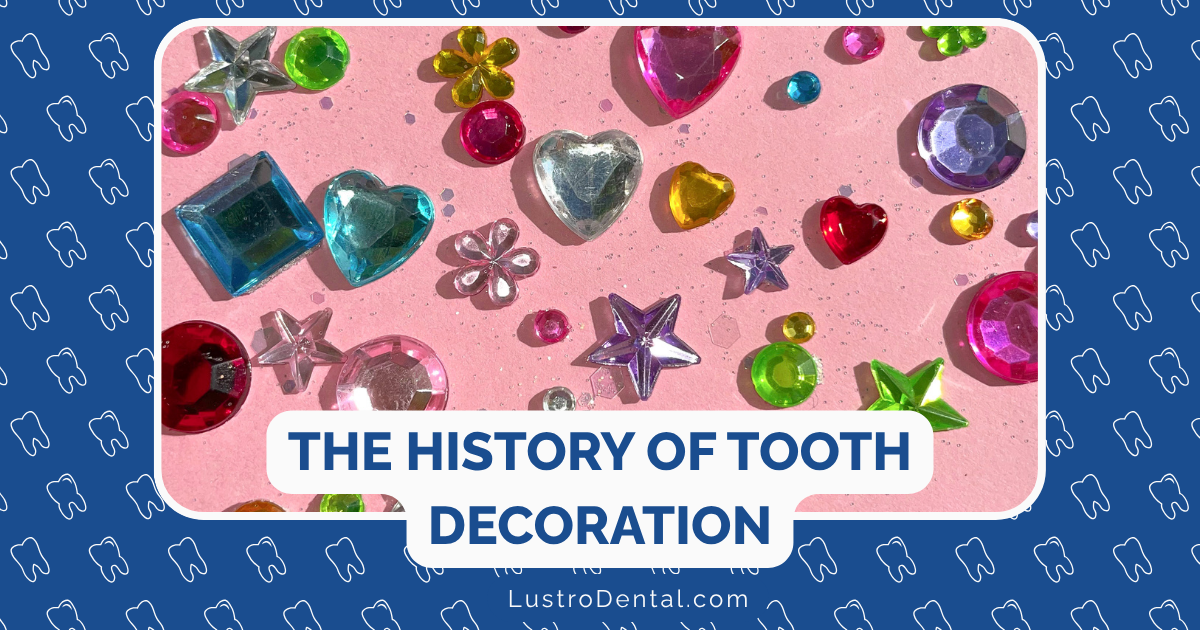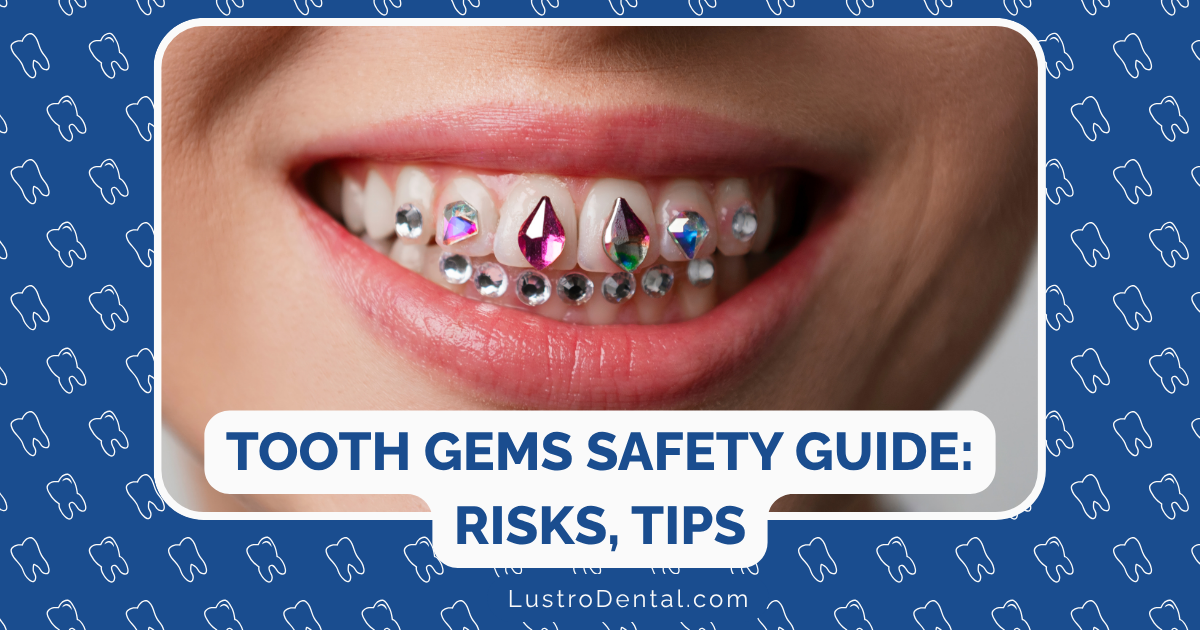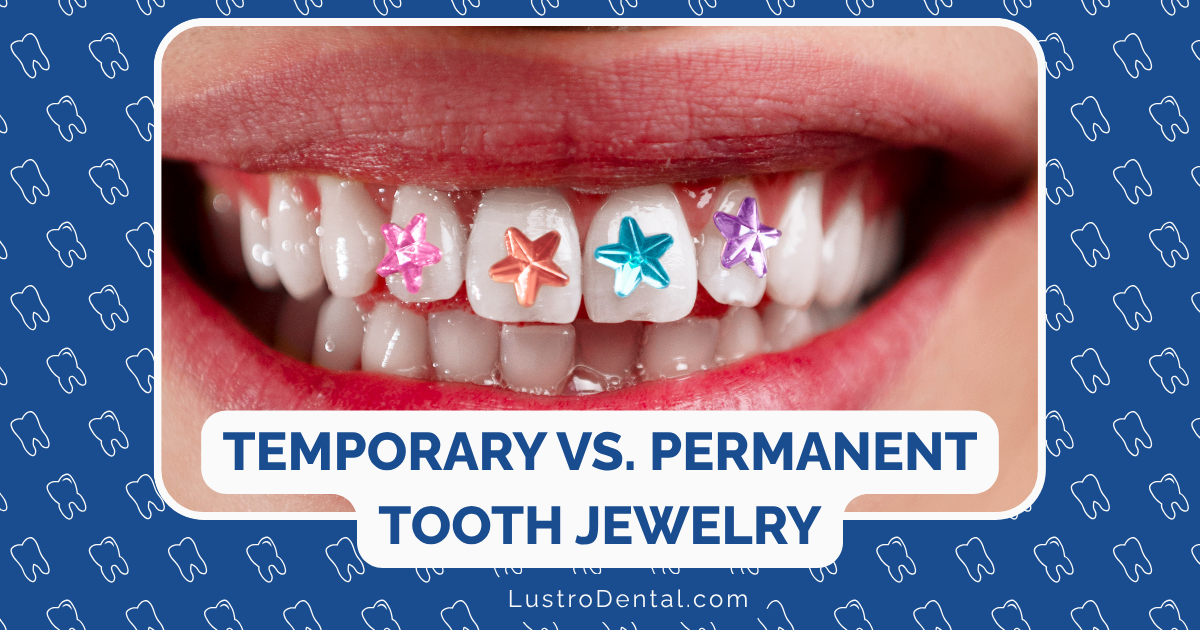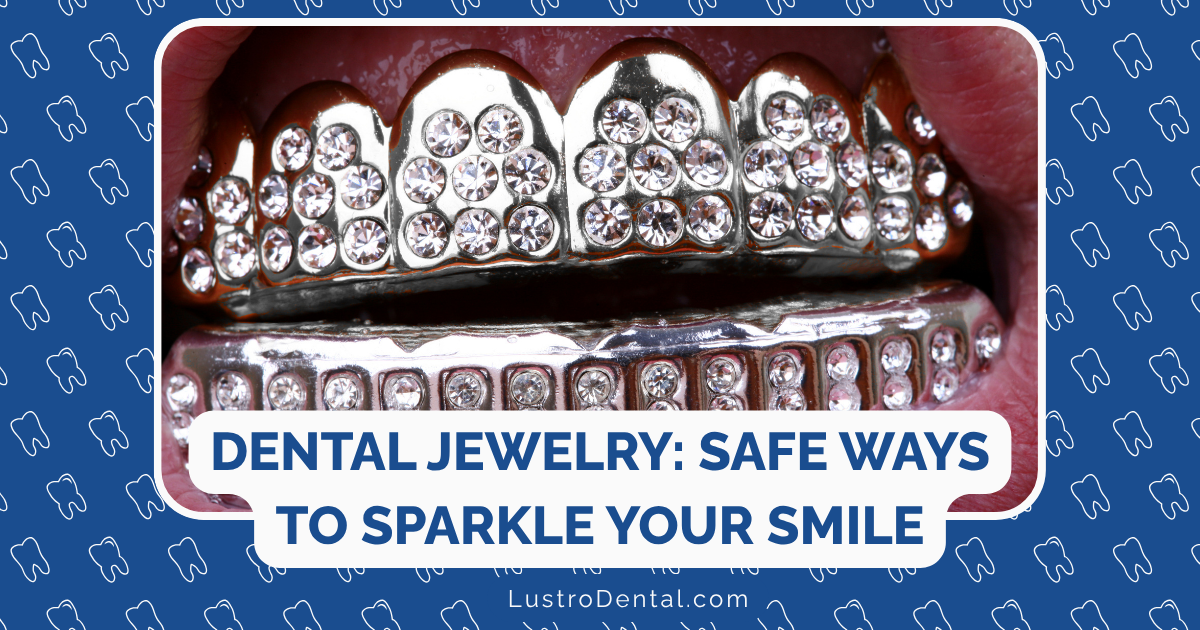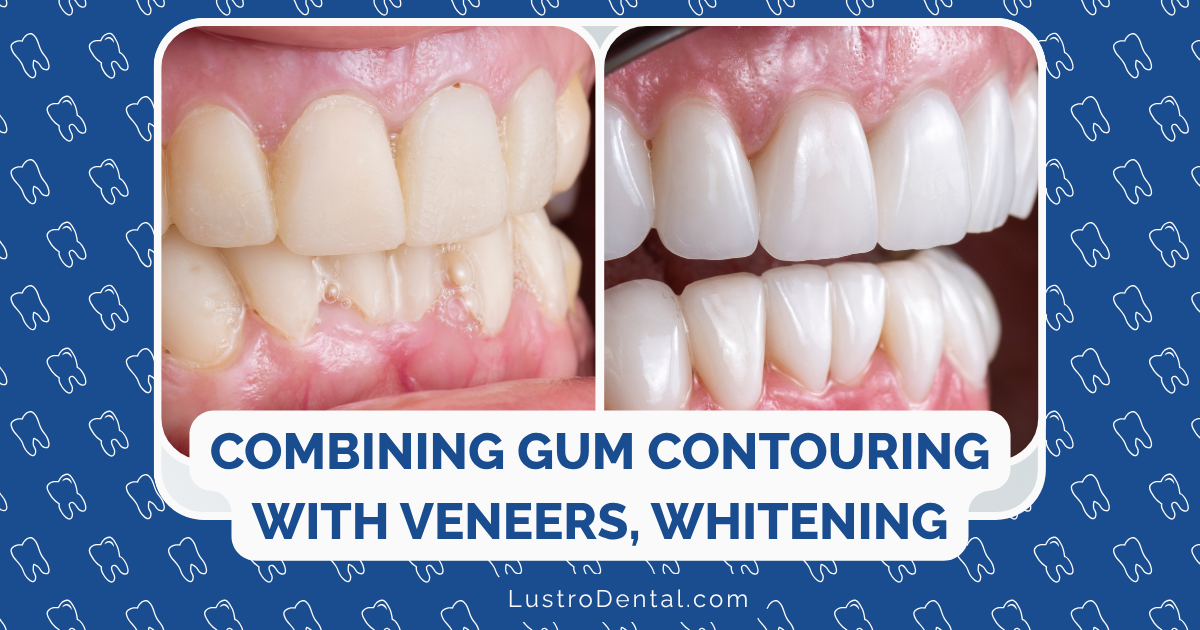The Emotional Impact of Smile Makeovers: Patient Stories That Inspire

When Jennifer walked into my office three years ago, she couldn’t look me in the eye. Her hand instinctively covered her mouth when she spoke—a habit formed over decades of hiding her smile. “I’ve been saving for this my whole adult life,” she told me, her voice barely above a whisper. “I just want to be able to smile in pictures with my daughter at her wedding next year.”
Jennifer’s story isn’t unique. Behind every smile makeover is a deeply personal journey that goes far beyond aesthetics. What might appear to be “just cosmetic dentistry” to some represents profound transformation for many—a chance to reclaim confidence, self-expression, and emotional well-being.
The Science Behind Smiles and Self-Esteem
The connection between our smiles and our psychological health isn’t just anecdotal—it’s backed by research. A study published in the Journal of Prosthodontic Research found that over 81% of participants wished for better teeth, with 26.3% reporting dissatisfaction with their overall appearance specifically due to their teeth.
This dissatisfaction isn’t superficial. The same researchers discovered significant correlations between dental aesthetics and social confidence, with nearly a third of participants feeling self-conscious around the opposite sex when smiling.
Even more compelling is research from the British Dental Journal that measured psychological changes before and after aesthetic dental treatment. The study documented statistically significant improvements in self-esteem and body image following smile transformations—evidence that these changes run much deeper than surface appearance.
From Hiding to Beaming: Real Patient Journeys
Michael’s Story: Finding Professional Confidence
Michael, a 42-year-old marketing executive, had always been self-conscious about his crowded, stained front teeth. Despite his qualifications, he felt overlooked for promotions and hesitated to lead presentations.
“I found myself nodding and taking notes instead of speaking up in meetings,” Michael explained. “I was afraid that the moment I opened my mouth, people would focus on my teeth rather than my ideas.”
After a comprehensive smile makeover involving orthodontic alignment, professional whitening, and strategic bonding, Michael experienced what he calls “a complete shift in professional presence.”
“Six months after my treatment, I was offered a director position. My boss specifically mentioned my increased confidence and communication skills in the promotion discussion. I know it wasn’t just the teeth—but they gave me the confidence to finally show up as my full self.”
This transformation aligns with research findings. According to a 2012 perception study, people with straight, bright teeth are perceived as 38% more likely to be intelligent and 45% more likely to get a job than those with visible dental issues.
Sarah’s Journey: Healing From Trauma
Some smile makeover stories involve healing from trauma. Sarah, a 35-year-old teacher, lost her front teeth in a car accident when she was 19. Though functional restorations were placed immediately, they never looked natural, serving as a daily reminder of the traumatic event.
“Every morning, I’d see these obviously fake teeth in the mirror, and I’d relive the accident,” Sarah shared. “They weren’t just unattractive teeth—they were a visual trigger for my trauma.”
Sarah’s comprehensive restoration involved removing the old restorations and creating natural-looking replacements using advanced ceramic materials and digital smile design techniques.
“The day my treatment was completed, I cried in the chair,” she recalled. “For the first time in 16 years, I looked in the mirror and just saw me—not the accident victim. That night, I slept without nightmares for the first time in years.”
Sarah’s experience highlights how dental aesthetics can be intertwined with psychological healing. For many trauma survivors, physical restoration becomes an important part of emotional recovery.
Beyond Appearance: The Ripple Effect of Smile Confidence
The impact of smile makeovers extends far beyond the dental chair. Patients consistently report changes in multiple life areas:
Social Connection
Many patients describe a newfound willingness to engage socially after their smile transformations. David, a 58-year-old who received veneers after decades of dental neglect, put it simply: “I’ve made more friends in the past year than in the previous ten. I’m no longer the guy who stands in the corner at parties, afraid to talk or laugh.”
This social transformation makes sense when we consider that smiling itself is a powerful social connector. Research from Ellen Stirling Dental indicates that an attractive smile creates positive first impressions and contributes to stronger relationships—essential elements of human happiness.
Mental Health Benefits
For many patients, smile makeovers coincide with improvements in overall mental health. Lisa, who struggled with social anxiety related to her severely stained teeth, reported a dramatic change after her treatment.
“I was taking anti-anxiety medication before social events for years,” she explained. “Six months after my smile makeover, my therapist and I agreed I could start reducing my dosage. The difference wasn’t just in how others saw me—it was in how I saw myself.”
This experience aligns with research showing that improved dental aesthetics can significantly reduce anxiety and stress. When we’re no longer preoccupied with hiding our smiles, we free up enormous psychological resources.
Motivation for Overall Health
Interestingly, many patients report that their smile makeovers sparked broader health improvements. Robert, a 49-year-old who received a full mouth reconstruction, found himself making other positive changes:
“After investing in my smile, I suddenly cared more about everything—my diet, exercise, even how I dressed. It was like once I addressed this one thing that had bothered me for decades, I had the energy to improve other areas. I’ve lost 40 pounds since my treatment and finally joined that hiking club I’d been eyeing for years.”
This pattern of improved self-care following cosmetic dental treatment has been documented in multiple studies. Research from Sarah Jebreil DDS confirms that patients who feel proud of their smiles are more motivated to maintain good oral hygiene and often extend this motivation to other health behaviors.
The Transformation Process: More Than Just Clinical Results
What makes smile makeovers so emotionally powerful isn’t just the end result—it’s the journey itself. Many patients describe the process as deeply empowering.
“I had spent my whole life feeling like my smile was something that happened to me—something I was stuck with,” explained Melissa, a 62-year-old who completed her smile makeover after retirement. “Going through this process showed me that I could take control of something that had controlled me for decades. That realization spilled over into other parts of my life.”
The collaborative nature of modern smile design also contributes to this sense of agency. Using digital smile design technology, patients can preview their results and provide input before treatment begins. This partnership approach helps patients feel ownership of their transformation.
When Is a Smile Makeover Right for You?
While the emotional benefits of smile makeovers can be profound, they’re not a universal solution. The most successful transformations occur when:
- The desire comes from within: Patients seeking changes for themselves, rather than to please others, typically report the highest satisfaction.
- Expectations are realistic: Understanding what’s possible given your unique oral anatomy leads to better outcomes.
- The timing is right: Major life transitions—career changes, re-entering the dating scene after divorce, or preparing for significant events like weddings—often provide meaningful context for smile transformations.
- You’re ready for maintenance: Beautiful smiles require ongoing care and occasional touch-ups.
If you’ve been hiding your smile or feel self-conscious about your teeth, consider consulting with a cosmetic dentist who specializes in comprehensive smile design. Many offer complimentary consultations where you can discuss your concerns and explore options without commitment.
The Lasting Impact: Years After Treatment
Perhaps the most telling aspect of smile makeover stories comes from patients years after their treatments are complete. Jennifer—the patient who wanted to smile at her daughter’s wedding—recently sent me photos from her 70th birthday celebration.
“Five years ago, I wouldn’t have had a party,” her note read. “Now look at me—smiling in every single picture! This wasn’t just about fixing teeth. It was about fixing how I felt about myself.”
Her words capture the essence of what makes smile transformations so powerful. When we change how we feel about our smiles, we often change how we feel about ourselves—and that might be the most beautiful transformation of all.
Have you experienced a smile transformation? We’d love to hear your story in the comments below. Your journey might be exactly what someone else needs to read today.


